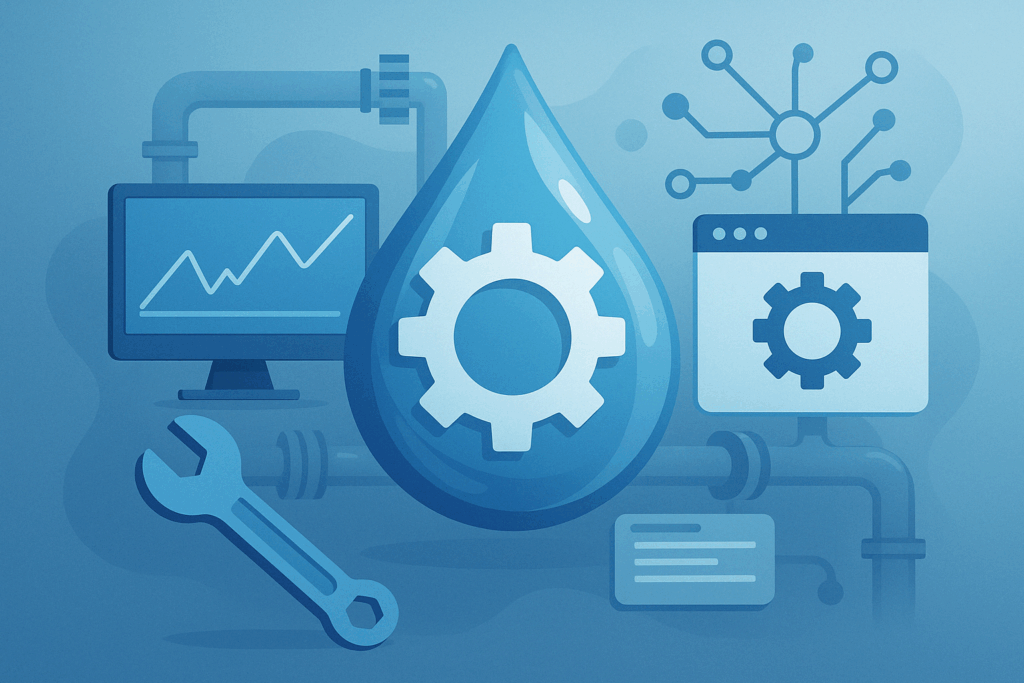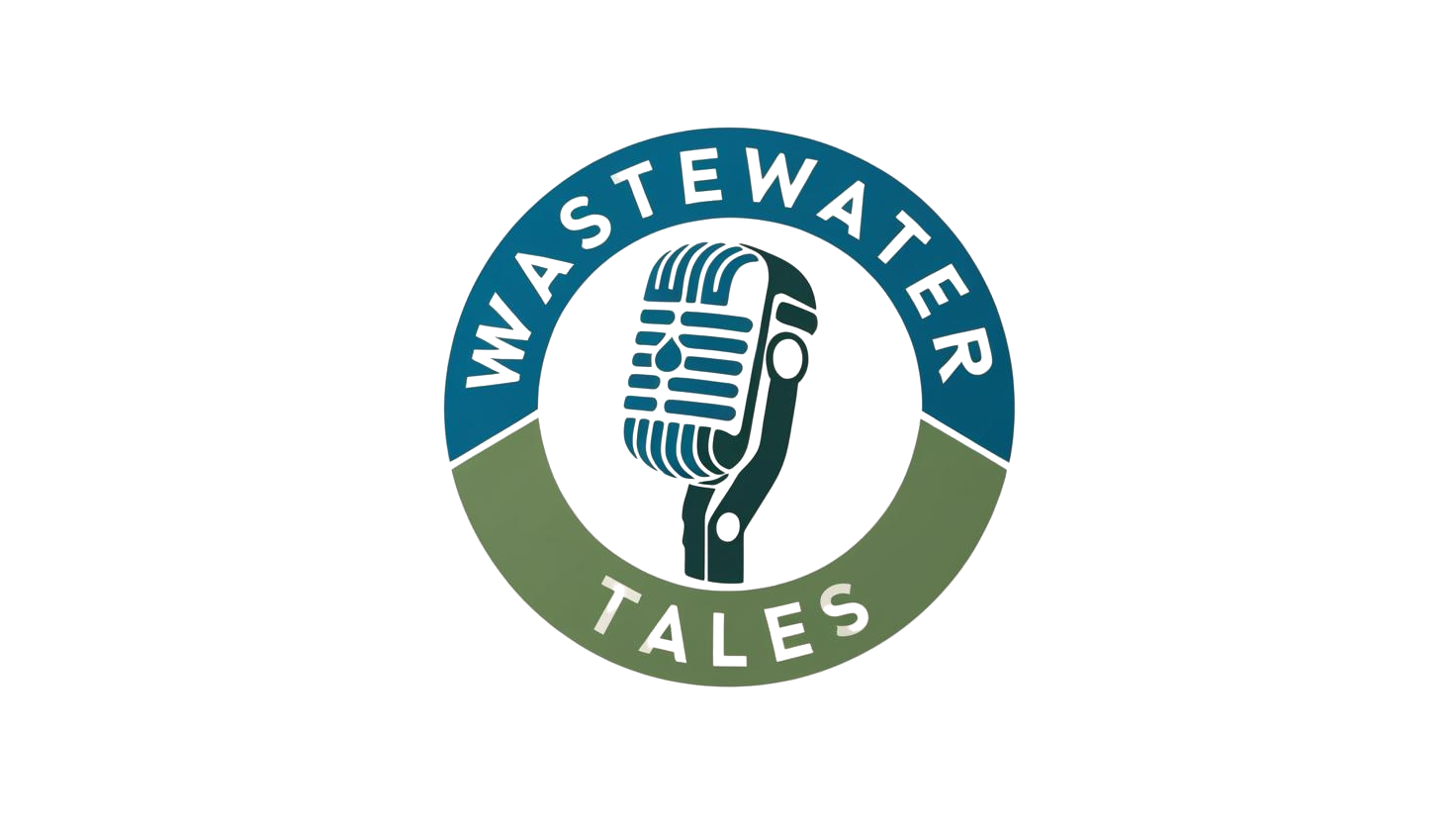💧 Wastewater Treatment Technologies – What Really Changes the Game?
Wastewater treatment isn’t just about screens, blowers, and bacterial sludge. It’s a dynamic, evolving industry where innovations emerge faster than some can rinse an ink bottle from a sample. Not only the methods are changing, but also the way we think—about processes, efficiency, and the environment. Today, wastewater treatment technologies are a global topic, and we’re taking a closer look inside.
🧪 From Mechanical Screens to the Digital Brain – The Evolution of Wastewater Treatment Plants
Just a decade or so ago, most plants operated based on the operator’s intuition, with the only “sensor” being their trained nasal cavity. Today, SCADA systems, IoT devices, online analyzers, and remote controls increasingly do what once required boots-on-the-ground patrols.
Example? MBR (membrane bioreactor) installations enable significant space reduction while producing water of very high quality. They are expensive but indispensable in cities with limited space and stringent requirements.
⚙️ Automation and IoT – the treatment plant that thinks for itself
Remote parameter reading, automatic chemical dosing, hydraulic load prediction — this is no longer a vision of the future but a reality in an increasing number of facilities. Smart sensors monitor turbidity, nitrogen levels, temperature, and pH in real time, while AI helps forecast the risk of overloads or pump failures.
Wastewater Treatment Technologies ChatGPT powiedział: They’re beginning to speak the language of data—and quite fluently, too.
🔬 Biotechnology – Bacteria Fit for the 21st Century
Alongside technology, the importance of biology is growing. Engineers work on optimizing conditions for nitrifying, denitrifying, and PAO bacteria (responsible for phosphorus removal). Some plants are also implementing so-called “granular sludge” technology, where microorganisms form self-organizing sludge “granules” with excellent settling properties.
It’s a bit like cultivating a championship team made up of microbes.
🚨 Reality vs Theory – What Works, and What Just Looks Good?
Not every innovation catches on. Some wastewater treatment technologies perform brilliantly in brochures but fail when faced with the actual load from sanitary sewage.
That’s why on the blog Wastewater Tales we write not only about what’s modern—but also about what truly works in the field. Because nobody wants to buy a system that measures everything beautifully… but can’t be cleaned.
📣 Got your own implementation worth sharing?
Have you implemented an interesting technology? Maybe your treatment plant underwent a digital transformation? Or perhaps you’re testing a new type of mixer and want to share your experience?
Let us know – we write for industry professionals and about industry professionals.
✉️ Submit your story – it might just become the next post in the “Technologies & Innovations” section.
🔚 Summary
Wastewater Treatment Technologies It’s no longer just engineering — it’s also biology, data analysis, and creativity. But one thing never changes: effectiveness always beats trends. And every operator knows that even the shiniest system simply has to… work.

